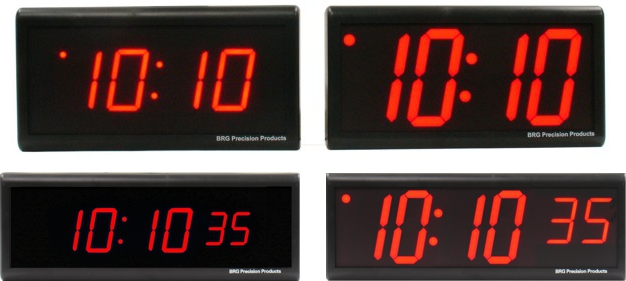
On the internet there are time servers that provide the correct time. Your local network may provide such a server but most people need to access an NTP server via the internet. To set the time automatically you need access to an NTP server. The protocol used to set the time is the Network Time Protocol or NTP. This is done by the script /etc/init.d/hwclock.sh. Modern Debian releases (2.2 and onwards) automatically save the system time to hardware clock on proper shutdowns, and set the system clock from hardware clock when they boot up.

#Online utc clock display manual#
To write the current system time to the hardware clock so that it can be recovered on subsequent restarts of the system, correct the system time as above, then use the command hwclock -systohc to save it to hardware (see the hwclock manual page for more options). See also the time-admin program in gnome-system-tools package. Most desktop environments provide a date/time configuration utility. When the system boots, it has no concept of absolute time and will populate the system time with the date and time read from the hardware clock, thus to ensure that the time set using date is kept across reboots it has to be saved to the hardware clock.
#Online utc clock display software#
software clock) but has no effect on the underlying hardware clock (aka. Note: using the date command only sets the runtime system time (aka. The above two commands set the system date to second of November, 1998, and system time to eight minutes past nine, PM. The -set argument examples below are specified in the ISO 8601 standard's extended format as YYYY-MM-DD for Year-Month-DayOfMonth, and time of day HH:MM:SS using 24 hour clock. You can read date' manual page, or use the example below for one possible and very useful format. However, when using the -set argument, date accepts the date and time in many formats.

When setting the system time manually using date directly, the required time specification format may be confusing (by POSIX convention has to be MMDDhhmmYYYY).

To see the time in the UTC timezone, use the command date -utc (or its shorthand, date -u). It will show system time respecting the currently defined timezone. To see the time on a Debian GNU/Linux system, use the command date without arguments. Hardware clock and system time when dual booting.


 0 kommentar(er)
0 kommentar(er)
